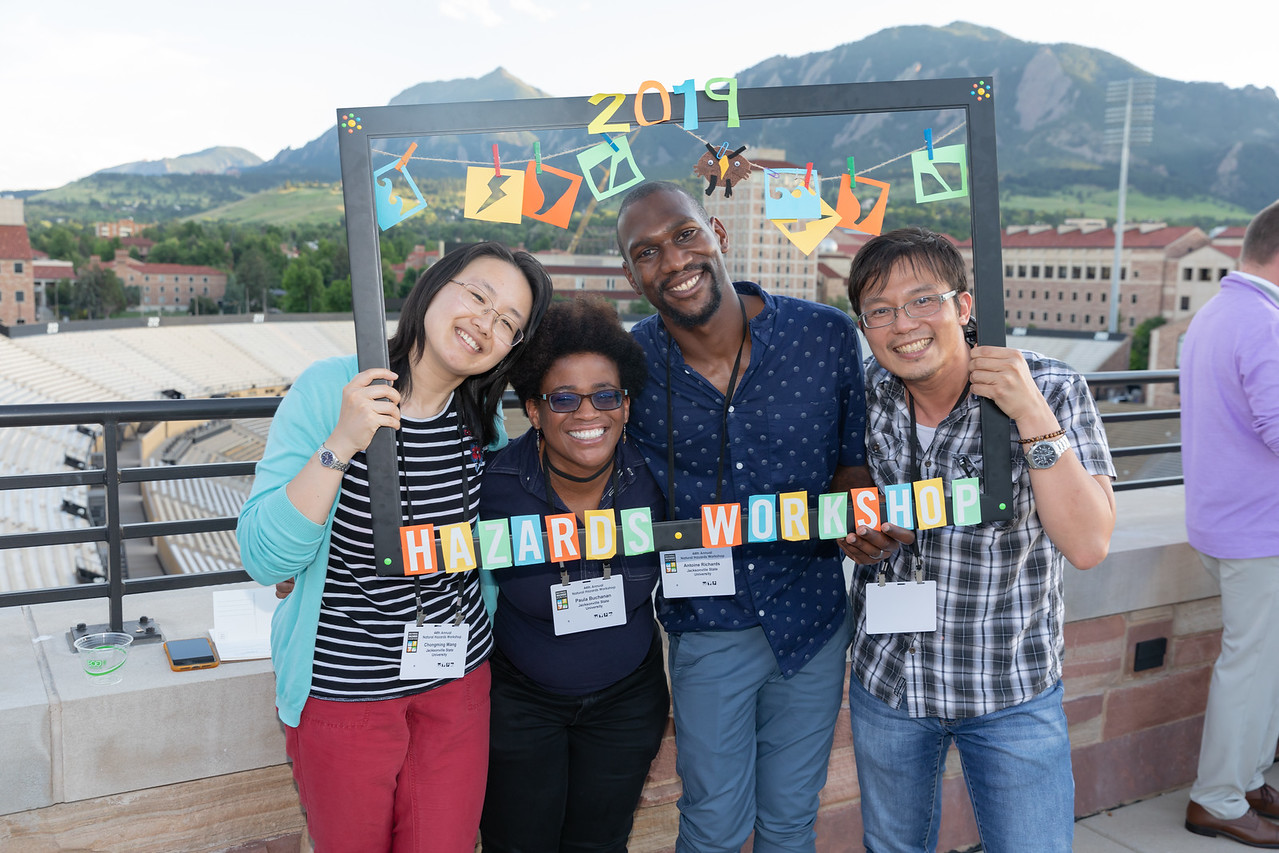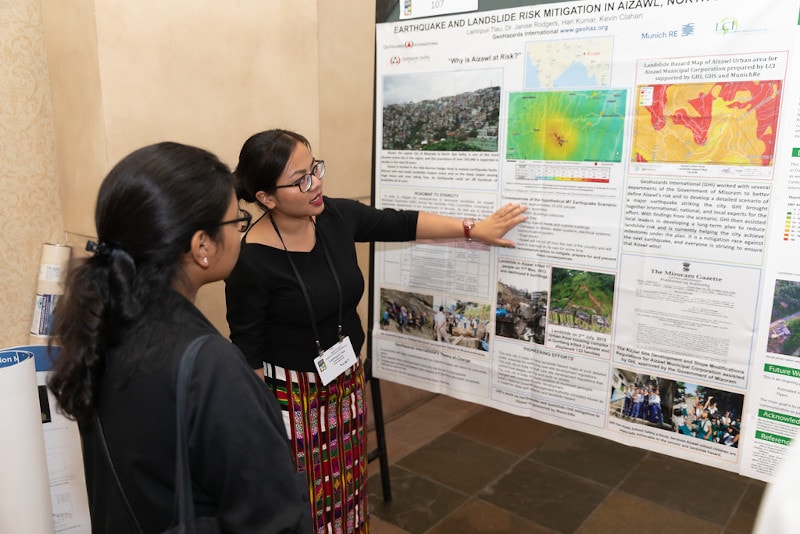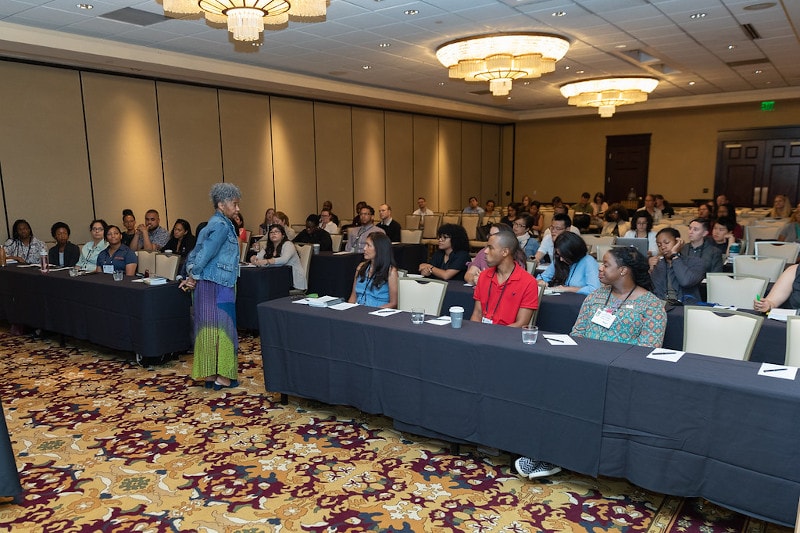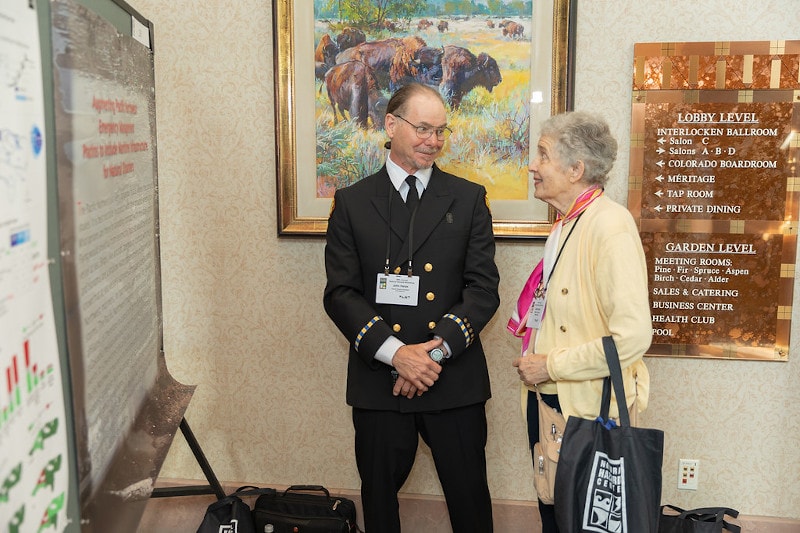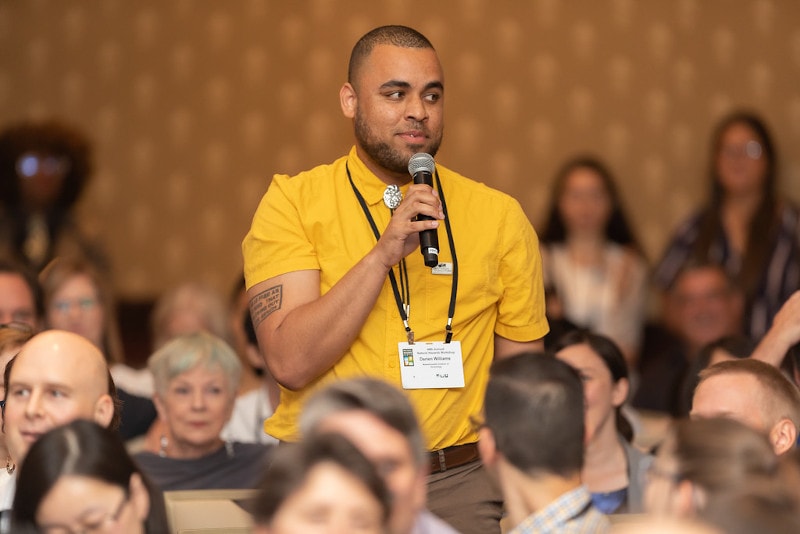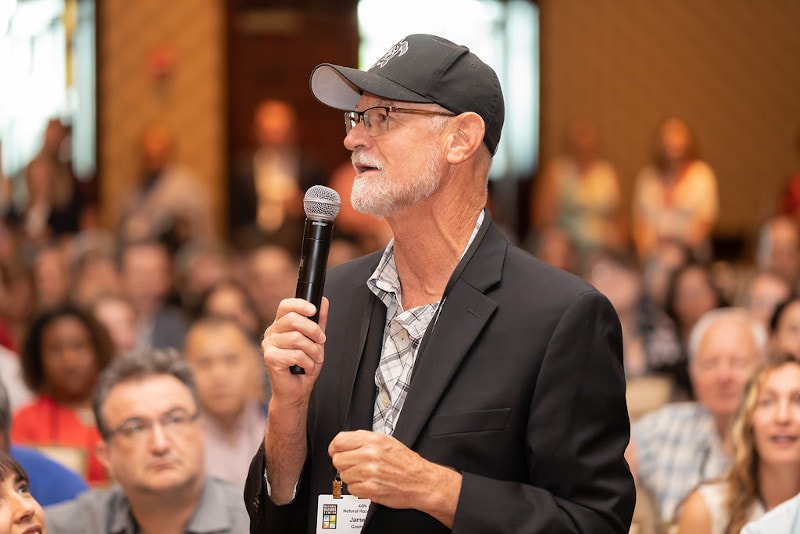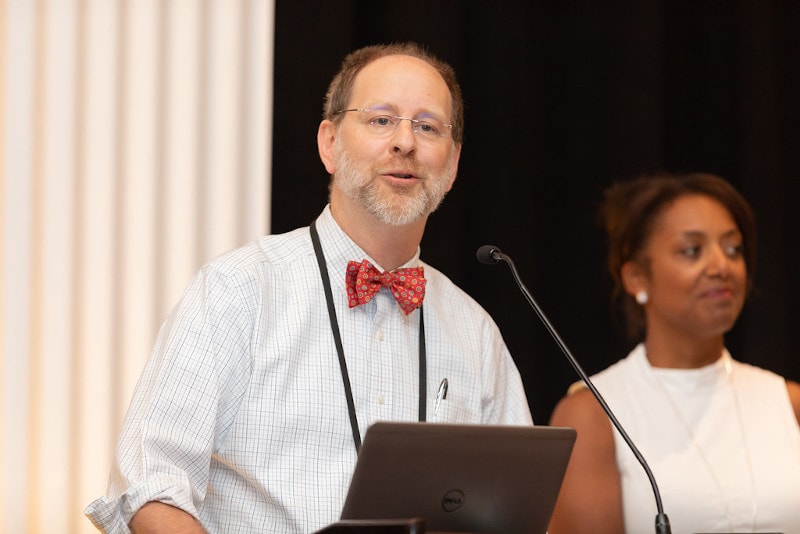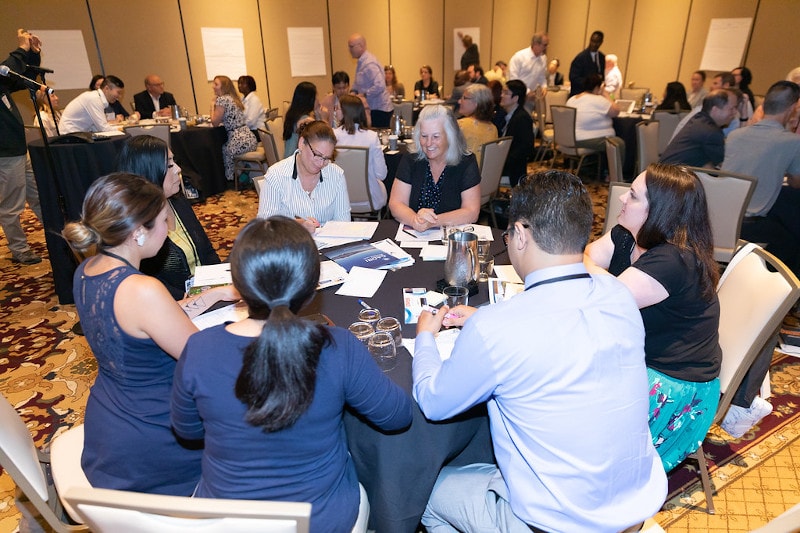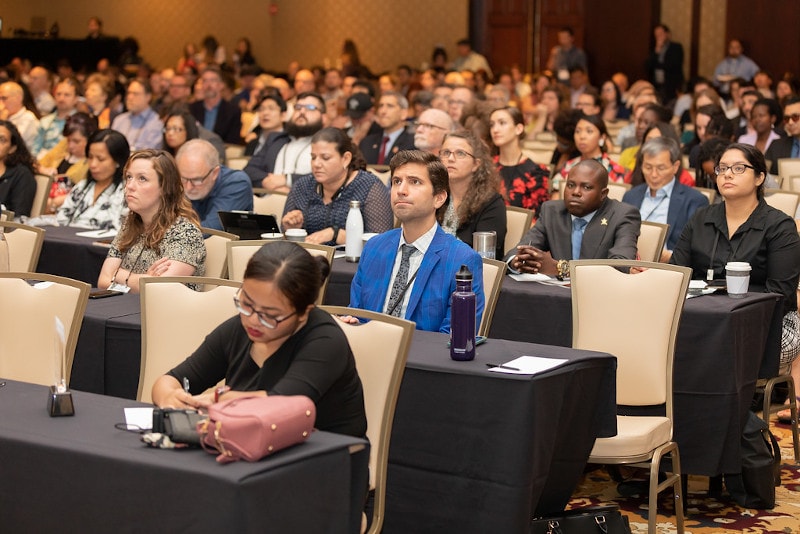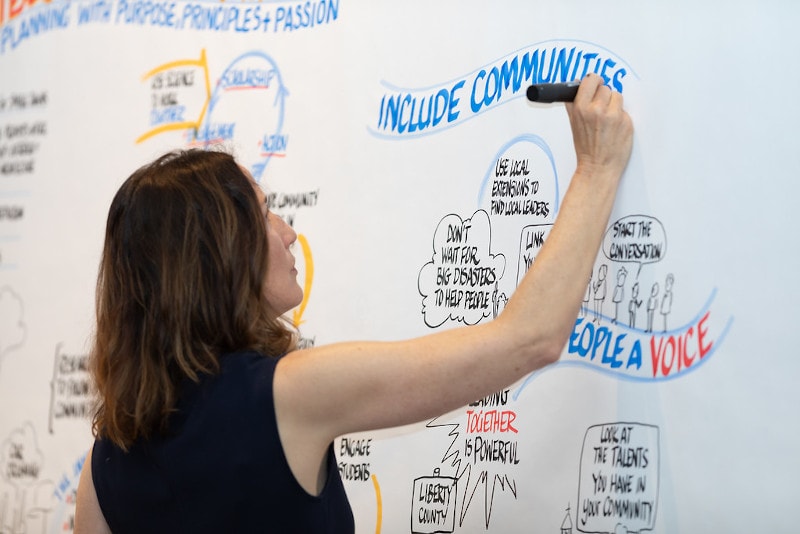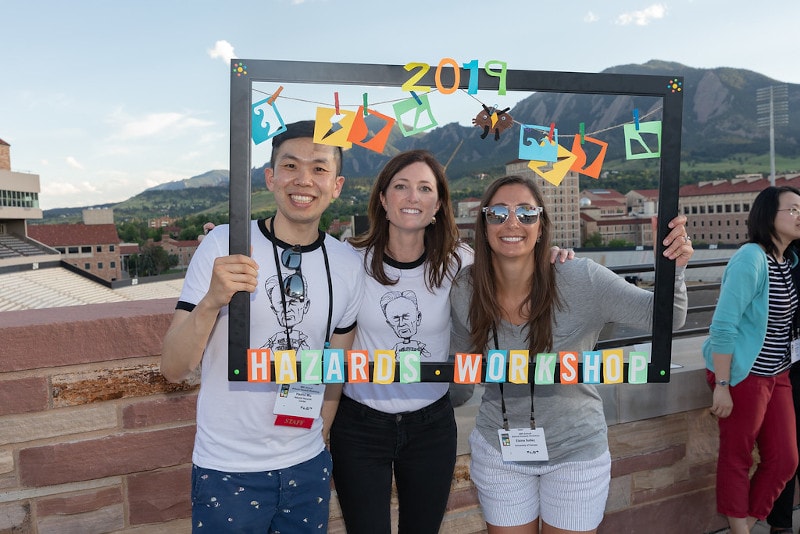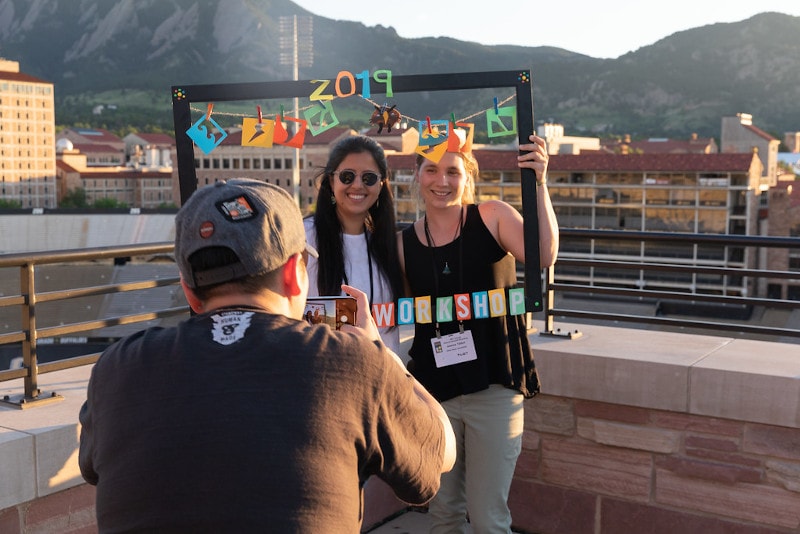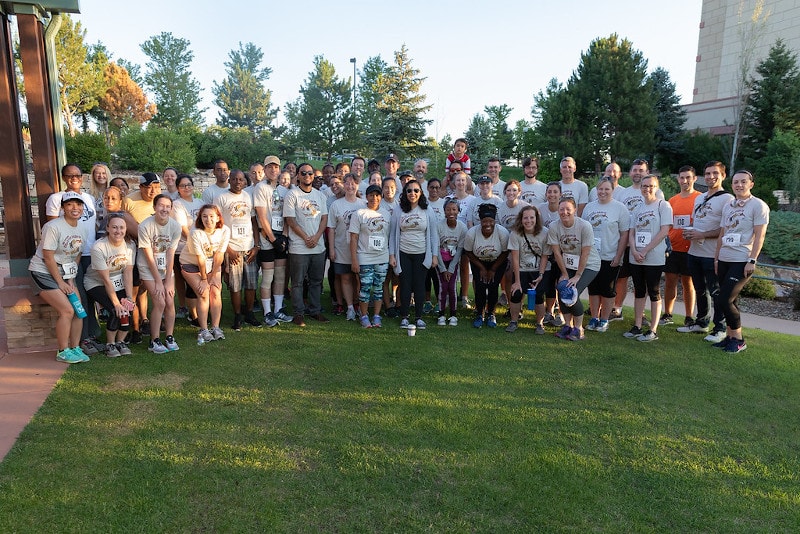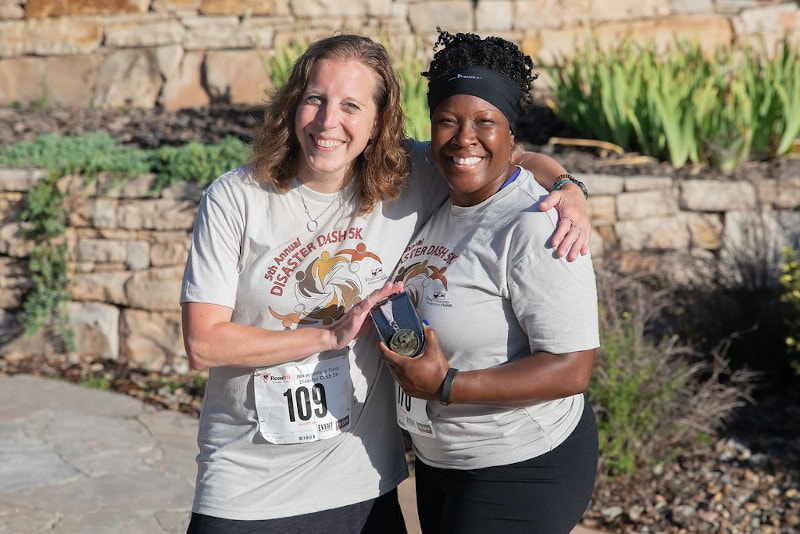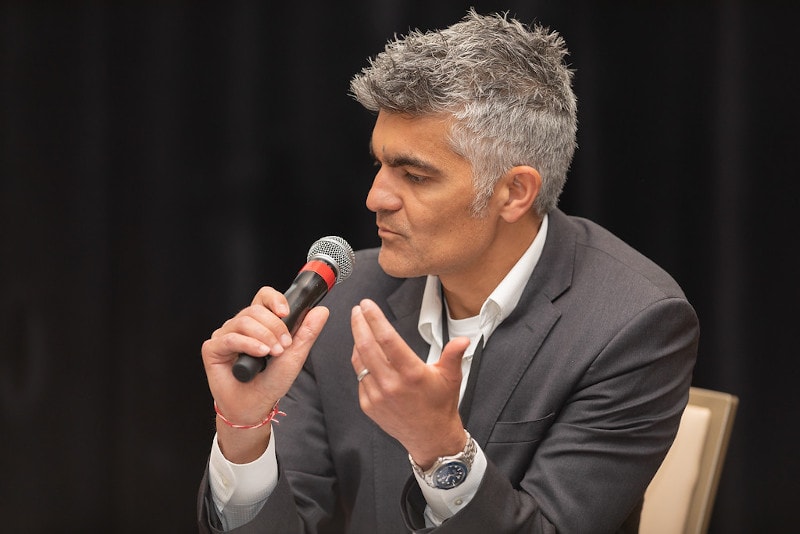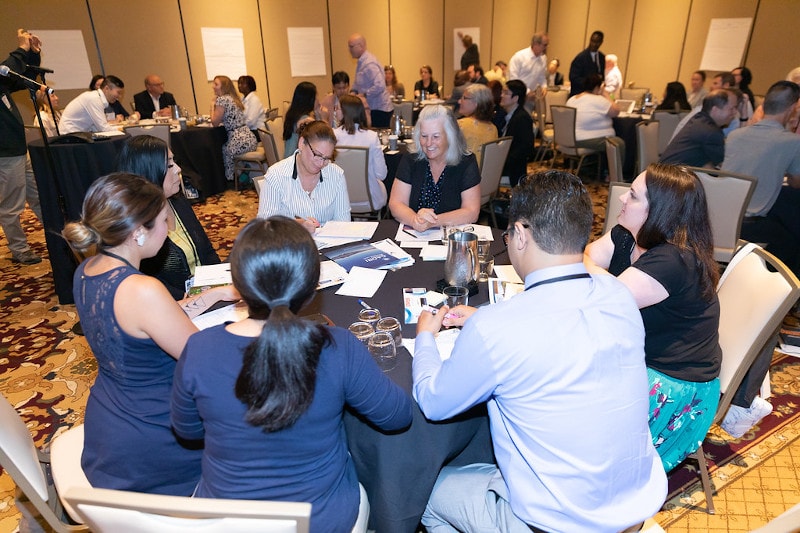Workshop History
For nearly five decades, the Natural Hazards Center team has had the honor of organizing the annual Natural Hazards Research and Applications Workshop.
The first Workshop was held in 1975 in Boulder when Gilbert F. White, our beloved founding director, decided to gather a small group of natural hazards scholars and practitioners. He wrote then that "Workshops provide a ready opportunity to exchange detailed information and to argue the merits of various perspectives, but they need to be attended by professionals from the full range of disciplines and by policy makers from the various levels of government."
Today the Workshop has grown in size and scope. It has moved from a small motel along the Boulder Creek to a large hotel with a view of the same nearby mountain peaks. It now involves an even wider array of diverse next generation researchers and mitigation practitioners and an ever widening circle of organizations represented here. In 2020, for the first time, the Workshop had to be moved entirely to an online platform due to the COVID-19 global pandemic. In 2021 and 2022, the Workshop remained online due to the ongoing effects of the pandemic.
While many things have changed over the decades, some things have purposefully been left the same. The Workshop continues to draw together dedicated researchers, private and public sector practitioners, and policy makers concerned with reducing the harm and suffering caused by disasters and improving the quality of life for all. The event still maintains the same general structure, with opening self-introductions on the first morning of the Workshop, interactive plenary and breakout sessions, and lots of time dedicated to long lunches, extended breaks, and an evening barbeque—all designed to ensure enough time to greet old friends and colleagues and meet new ones.
At its heart, the Workshop has always been about bringing together people from the broader hazards community who might not otherwise get to know one another. That is why about half of the time in each session is dedicated to questions and conversation, rather than focusing solely on formal presentations. We realize that it is in this space that a special exchange of ideas can and does occur.
Moreover, in a field that is often dominated by the need to act quickly—to save lives, to defend property, to preserve fragile ecosystems—the Workshop is a place to assess the state of hazards and disaster research, practice, and policy. It was with this recognition in mind that I began a new tradition in 2017 of crafting a theme statement for each year's Workshop.
The annual theme is written with this sense of urgency in mind, as well as a simultaneous desire for us to slow down for moments of focused reflection. This is why the Workshop is designed to take stock of record-shattering disasters and assess the collateral consequences of the many calamities that we now face, while also centering our attention on hazards mitigation activities that reduce risk. The Workshop is also about recognizing our interdependence and growing our shared commitment to making our communities more just, equitable, and sustainable for current and future generations.
The most important aspect of the Workshop is the people who attend it. Our ability to listen to and learn from one another is what has always made this meeting special. Thank you for lending your voice to the conversation and for the work that you do. As always, please remember to take care of yourself and others.
Lori Peek, Director
Natural Hazards Center
January 2023
